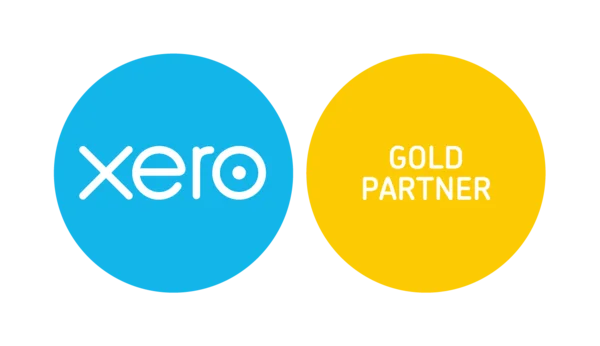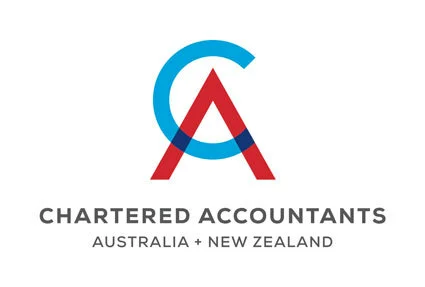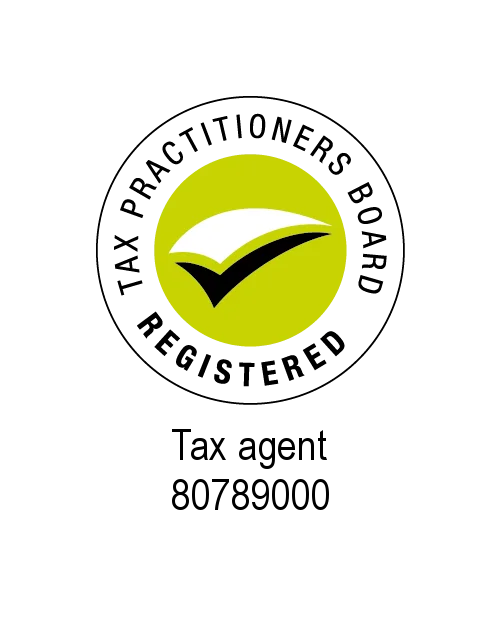Counting down to June 30

Counting down to June 30
It’s been a year of change like no other and that extends to tax and superannuation. As the end of the financial year approaches, now is a good time to check some new and not so new ways to reduce tax and boost your savings.
With so many of us confined to our homes over the past year, the big deductible item this year is likely to be working from home expenses.
Home office expenses
If you have been working from home, the Australian Taxation Office (ATO) has introduced a temporary shortcut method which can be used for the 2020-21 financial year. This allows you to claim 80c for each hour you worked from home during the year.i
The shortcut method covers the additional running costs for home expenses such as electricity, phone, internet, cleaning and the decline in value of home office furniture and equipment.
Some people may get a better result claiming the work-related portion of their actual working from home expenses using the actual cost method.
Alternatively, if you do have a dedicated home office, you can claim using the fixed rate method. The fixed rate is 52c an hour for every hour you work at home and covers things like gas and electricity, and the decline in value or repair of office furniture and furnishings. On top of this, you may be able to claim the work-related portion of phone and internet expenses, computer and stationery supplies, and the decline in value of your digital devices.ii
Pre-pay expenses
While COVID has changed many things, some things stay the same. Such as the potential benefits of pre-paying next year’s expenses to claim a tax deduction against this year’s income.
Some examples are pre-paying 12 months’ premiums for your income protection insurance and work-related expenses such as professional subscriptions and union fees. If you are unsure what you can claim, the ATO has a guide for a range of occupations.
If you own an investment property, you might also consider pre-paying 12 months’ interest on your loan and other property-related expenses.
Top up your super
If your super could do with a boost and you have cash to spare, now is the time to check whether you are making the most of the contribution strategies available to you.
You can make tax-deductible contributions up to $25,000 a year, including Super Guarantee payments by your employer. You can also contribute up to $100,000 a year after tax. From July 1 these caps will increase to $27,500 and $110,000 respectively, so it’s important to factor this into decisions you make before June 30.
For instance, if you recently received a windfall and are considering using the ‘bring forward’ rule, you might consider holding off until after July 1. This rule allows you to bring forward two years’ after-tax contributions. By holding off until July 1 you could contribute up to $330,000 under the new limits.
Also increasing on July 1 is the amount you can transfer from your super account into a pension account. The transfer balance cap is increasing from $1.6 million to $1.7 million.
So if you are about to retire and your super balance is close to the cap, it may be worth delaying until after June 30. Finally, from 1 July 2020, if you are under age 67 you can now make voluntary contributions without meeting a work test. And if 2020-21 is the first year that you no longer satisfy the work test, you may still be able to add to your super if you had a total super balance below $300,000 on 1 July 2020.
Manage investment gains and losses
Now is a good time to look at your portfolio for any loss-making investments with a view to selling before June 30. Any capital loss may potentially be used to offset some or all of your gains.
Of course, any decisions to buy or sell should fit with your overall investment strategy and not for tax reasons alone.
For all the challenges of the past year, there are still many ways to improve your overall financial situation. So get in touch to make the most of strategies available to you to before June 30.







